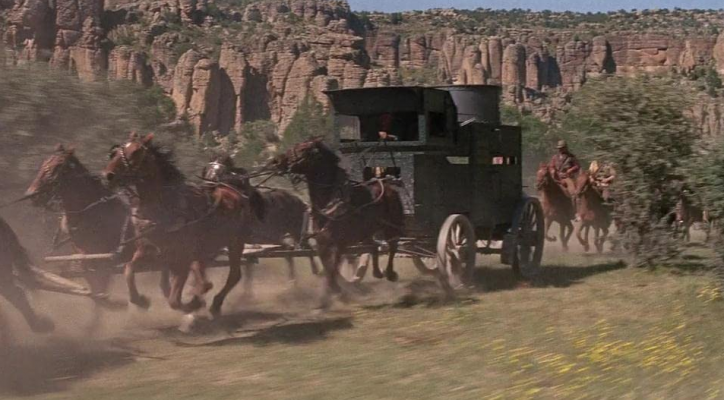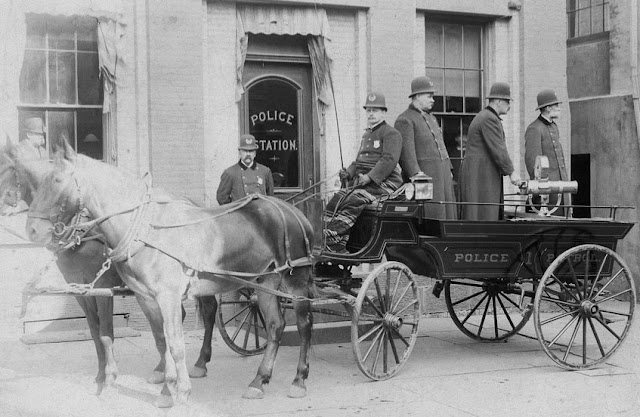MrRING
Android Futureman
- Joined
- Aug 7, 2002
- Messages
- 6,053
I've seen a plot point in many an old flick or tv show, positing the creation of an armored wagon of some kind, from just armored to full on tanks.
This image from 1967's The War Wagon gives you a good idea of what I'm taking about - steel covered wagons with slots for machine guns from the inside:

I've also seen the plot in:
The Three Stooges final feature The Outlaws Are Coming
The Adventures of Brisco County Jr. uses a proto tank with working treads for their version of the story idea from the episode "No Man's Land".
The Wild Wild West has two stories featuring tank-esq vehicles.
However, were there ever any such armored wagons of any kind made and used in the Old West? It seems highly improbable...
This image from 1967's The War Wagon gives you a good idea of what I'm taking about - steel covered wagons with slots for machine guns from the inside:

I've also seen the plot in:
The Three Stooges final feature The Outlaws Are Coming
The Adventures of Brisco County Jr. uses a proto tank with working treads for their version of the story idea from the episode "No Man's Land".
The Wild Wild West has two stories featuring tank-esq vehicles.
However, were there ever any such armored wagons of any kind made and used in the Old West? It seems highly improbable...


